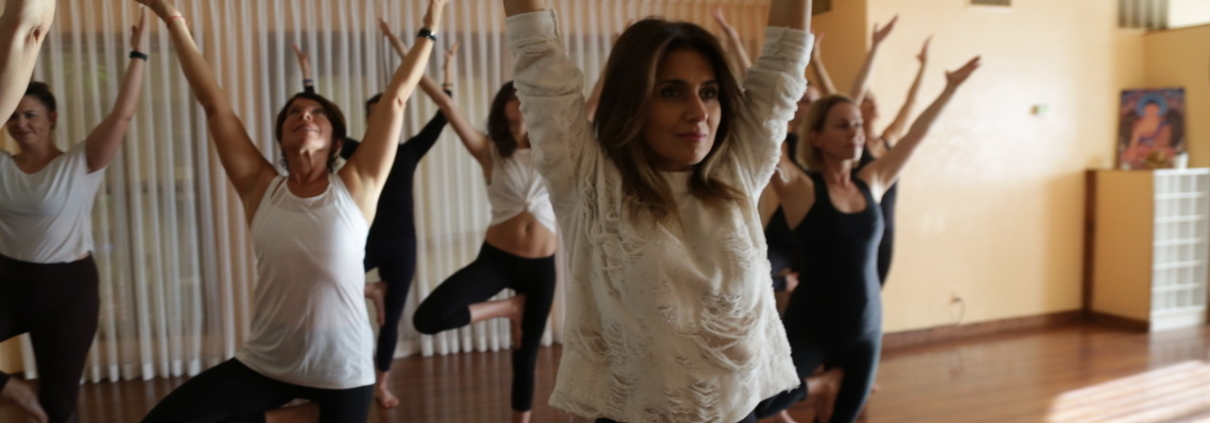BUDDHI YOGA
This past year, while having more time to reflect at home, I created a sequence of poses that combine ashtanga and vinyasa principles. Similar to the ashtanga practice, the sequence never changes. It also emphasizes a dhristi (gaze) in every pose and a consistent ujjayi breath (victorious breath). This practice includes 30 basic to intermediate poses. (some similar poses are combined for simplicity in learning the sequence) The practice is very disciplined in order to quiet the mind. I have called the sequence Buddhi Yoga. Buddhi literally translates to the word “awake” which relates to my business name – Yoga Awakening with Sue. It also is a coincidence that my maiden name is Budd so therefore Buddhi Yoga became the name of my new sequence! Here is a more precise definition of Buddhi Yoga as defined by Yogapedia.
BUDDHI YOGA
Buddhi is a Sanskrit term derived from the root, budh, which means “to know” or “to be awake.” Therefore, buddhi refers to intellect, wisdom, and the power of the mind to understand, analyze, discriminate and decide. Buddhi yoga helps to develop buddhi and unites the mind with the Higher Consciousness. Developing the spiritual mind, refining consciousness, and succeeding in merging with primordial Consciousness are the directions of Buddhi yoga.
When we have awakened truth and higher discrimination in the material world we are able to discriminate between the higher Self or pure awareness and our lower self or the one who is solely connected to the material world. When we are dependent on the material world to provide our happiness then we can never reach a higher level of conscious awakening called buddhi. Buddhi or discriminatory awakening helps us to distinguish what is right from wrong. When our lower thinking mind called manas is able to easily distinguish between right and wrong, good and bad then one has reached a higher state of pure reason called buddhi.
According to Swami Rama in his book Perennial Psychology of the Bhagavad Gita, he states that the higher or sattvic buddhi has the following characteristics.
(1) The power of discrimination is developed
(2) The buddhi that has learned to discriminate between the Self and non-Self, between the supreme Self in its unmanifest state and its power of manifestation, possesses the power of non-attachment
(3) Such buddhi has one-pointedness and inwardness
(4) It has attained calmness, quietness, and steadiness; it remains serene, undisturbed, and undissipated
(5) It is free from the desire for sense gratification
(6) It helps one to decide right from wrong and to act in a timely manner
(7) It makes one selfless and giving, without any expectations
(8) It helps one to remain tranquil and even in all conditions
(9) It helps one to remain a witness
(10) It leads one to spiritual heights
BUDDHI YOGA SEQUENCE
Below is my Buddhi Yoga sequence. This sequence will be used as part of Park City School of Yoga training in addition to training in the Anusara style of yoga and Kundalini. To learn more about this all-inclusive in-person yoga training see more HERE.
You can practice the sequence HERE with me on Youtube.
1 Ujjayi pranayama (victorious breath) Gyan mudra
2 Mantra intention followed by ohm
3 Balasana (child’s pose)
4 Cat-cow
5 Samasthiti (even standing)
6 Surya Namaskar A (Sun salute A) 3 times
7 Surya Namaskar B (Sun salute B) 3 times
8 Uttanasana (standing forward fold) to parsvotansana (pyramid pose) to Parivrtta Parsvottanasana (revolved pyramid pose)
9 Adho mukha śvānāsana (downward-facing dog pose) to V1 to V2 to reverse to trikonasana hold 5 to revolved trikonasana hold 5
10 DD to V1 to V2 reverse to parsvakonasana hold 5 to parrritta parsvakonasana hold 5
11 Utkatasana (chair with twist)
12 Utanasana to V3 to half moon to garundasana
13 V1 to V2 to reverse warrior to side plank
14 Shalabasana (locust pose) and dhanurasana (bow pose)
15 DD to V1 to V2 to reverse to skandasana (skater’s pose) to -prasarita padottanasana (wide legging standing forward fold) to hanumanasana (monkey split)
16 Vrksasana (tree pose) and uttitha hasta Padanghustasana (hand to foot pose)
17 Kakasana (crow pose) (maybe add tripod headstand)
18 Vadrasana to virasana (hero’s pose) to ustransa (camel pose)
19 Eka pada rajakapotasana (pigeon pose) to navasana (boat pose) to lolasana
20 Marichiasana (sage’s pose) to Janu sirsasana (head to knee pose)
21 Dhandasana (staff pose)
22 Paschimottanasana (seated forward bend)
23 Crownshasana (heron pose)
24 Sirsasana 1 (Headstand)
25 Balasana (child’s pose)
26 Setubandasana (bridge pose)
27 Supta badokanasana (reclined wide-angle pose)
28 Dhanurasana (wheel)
29 Supine Twist
30 Savasana (corpse pose)

 Yoga Awakening with Sue
Yoga Awakening with Sue

